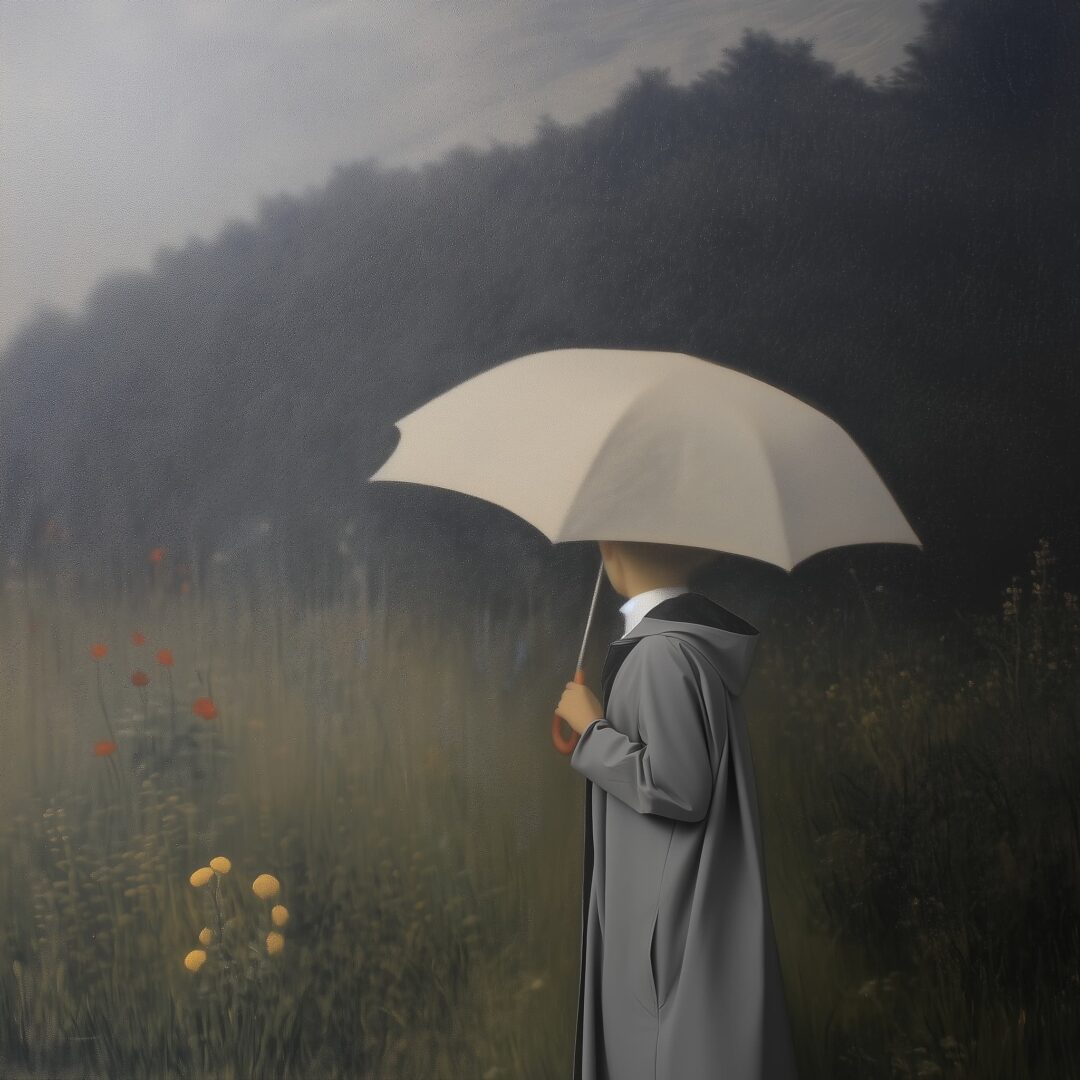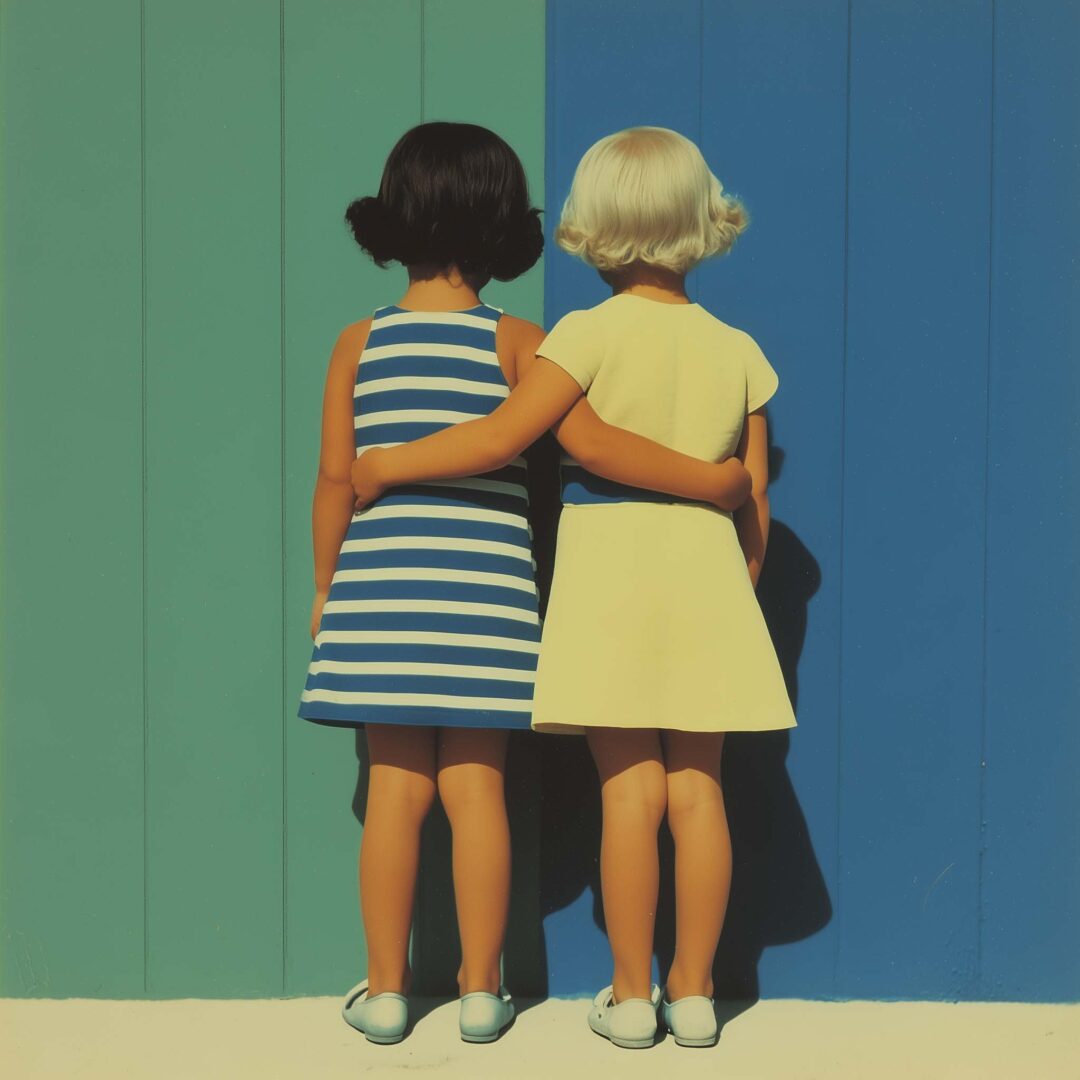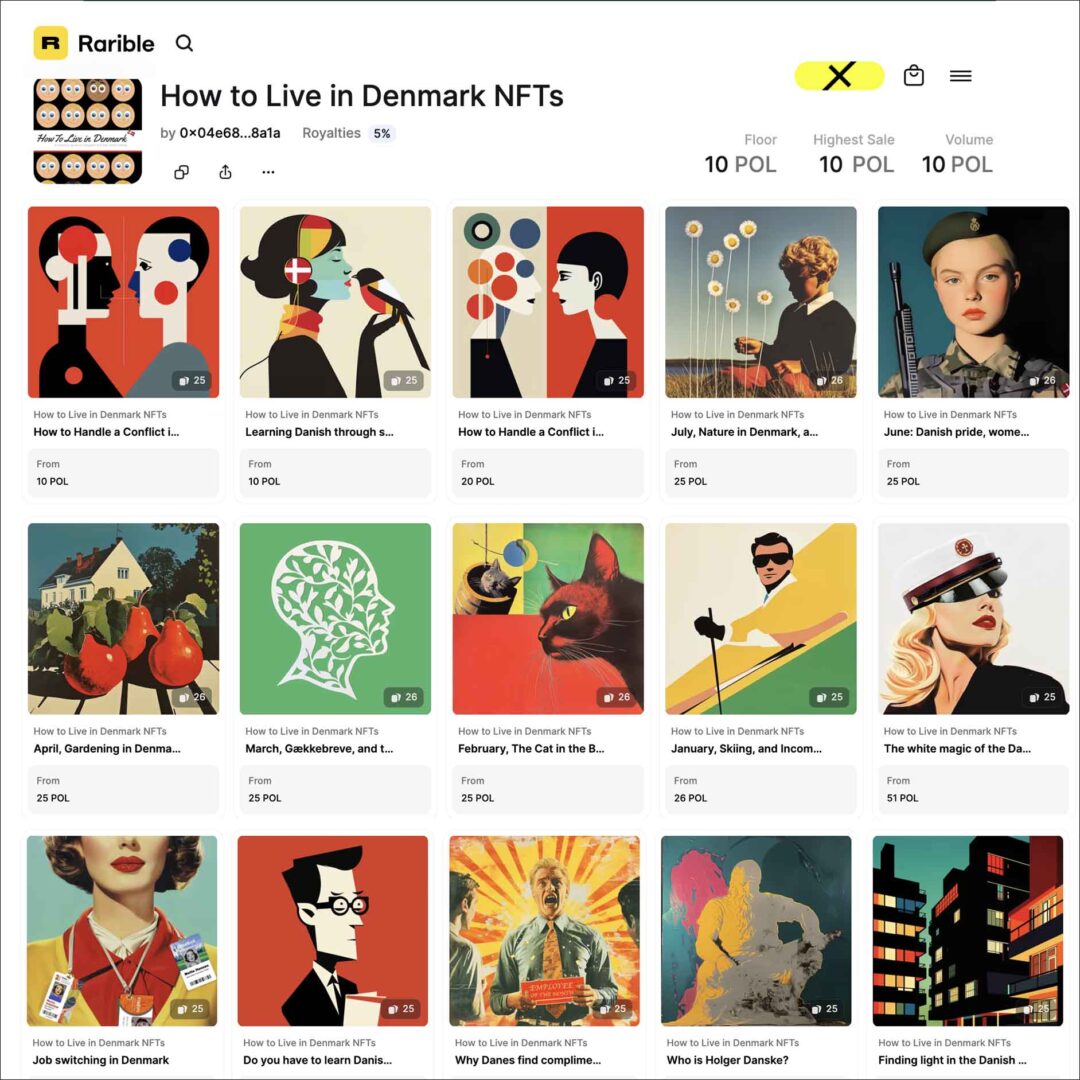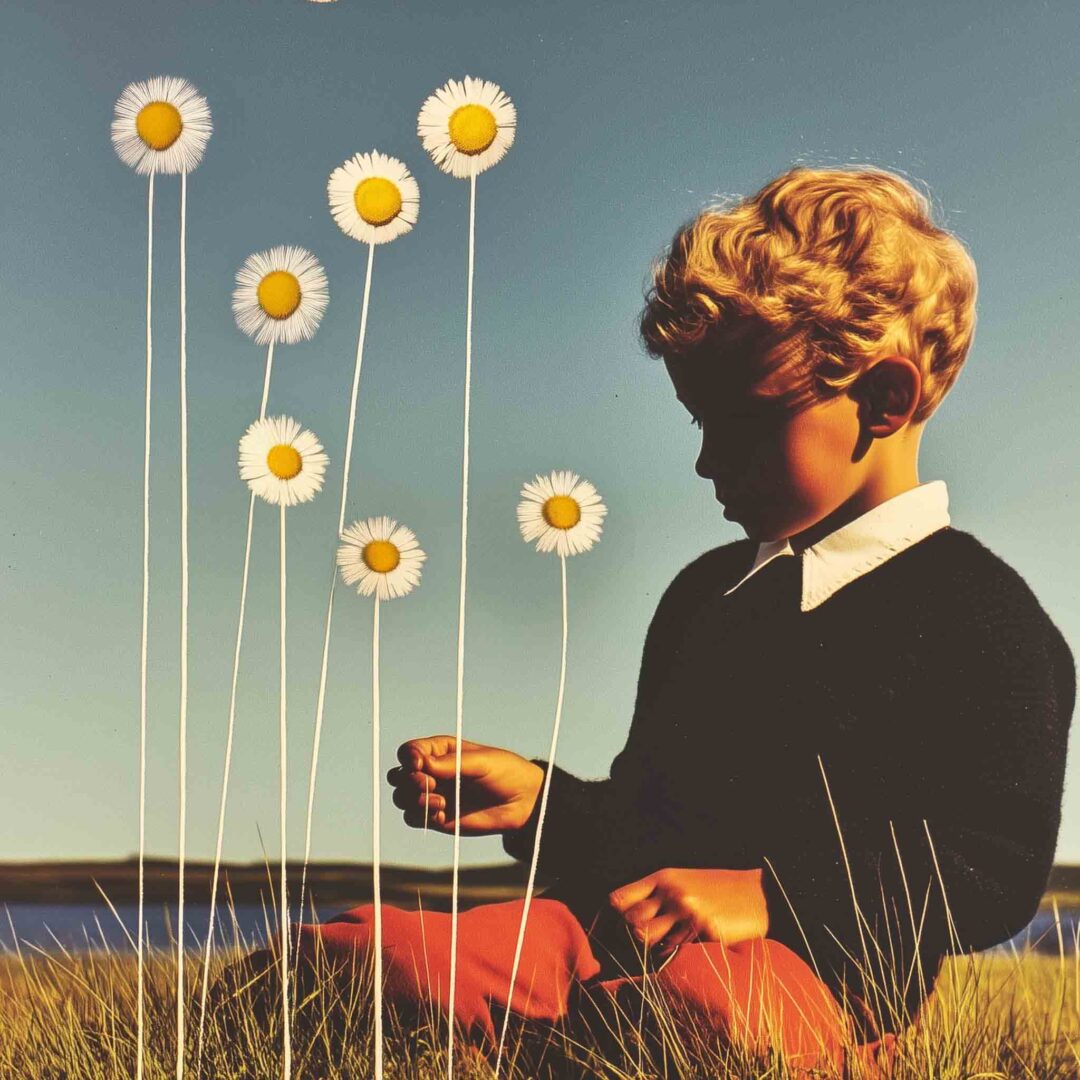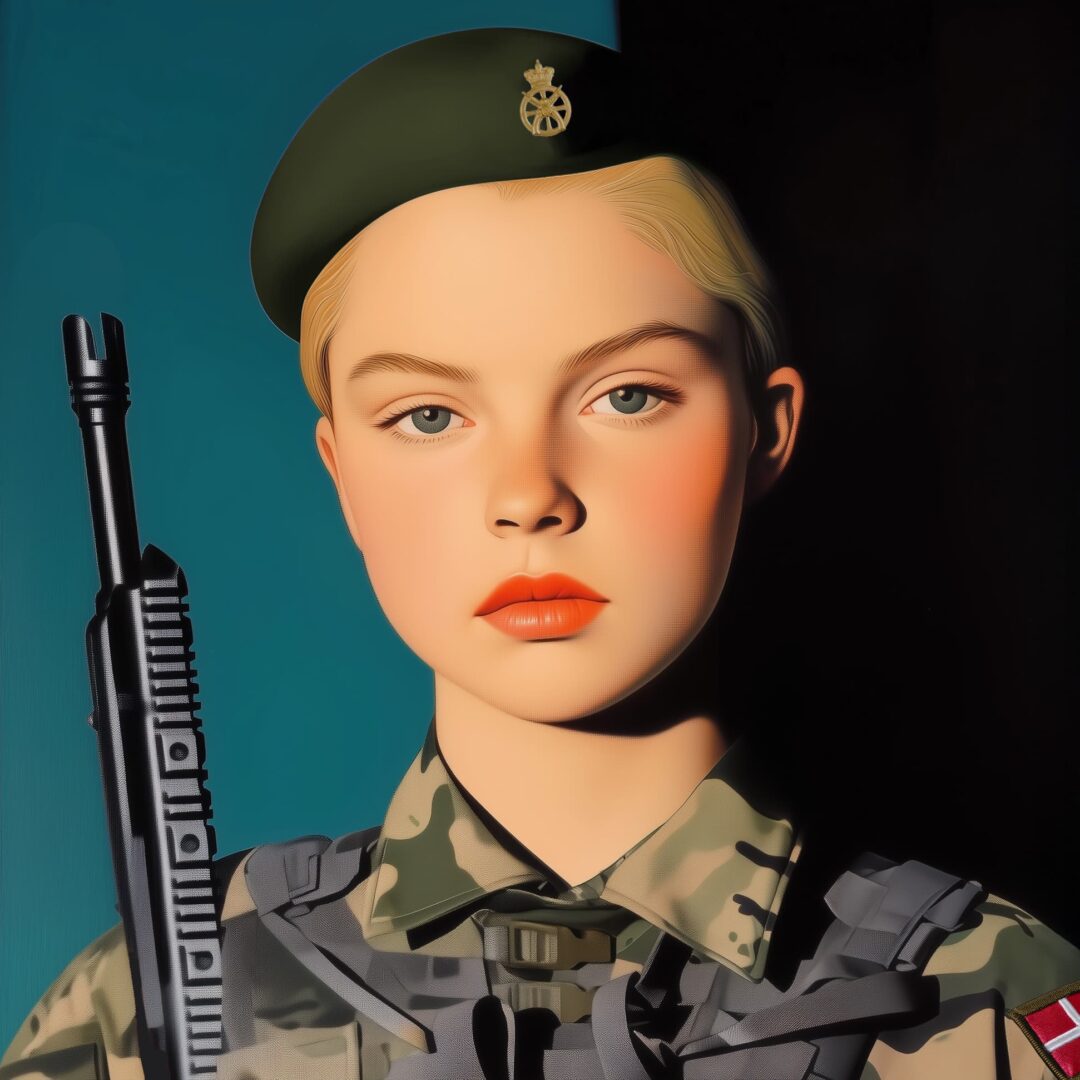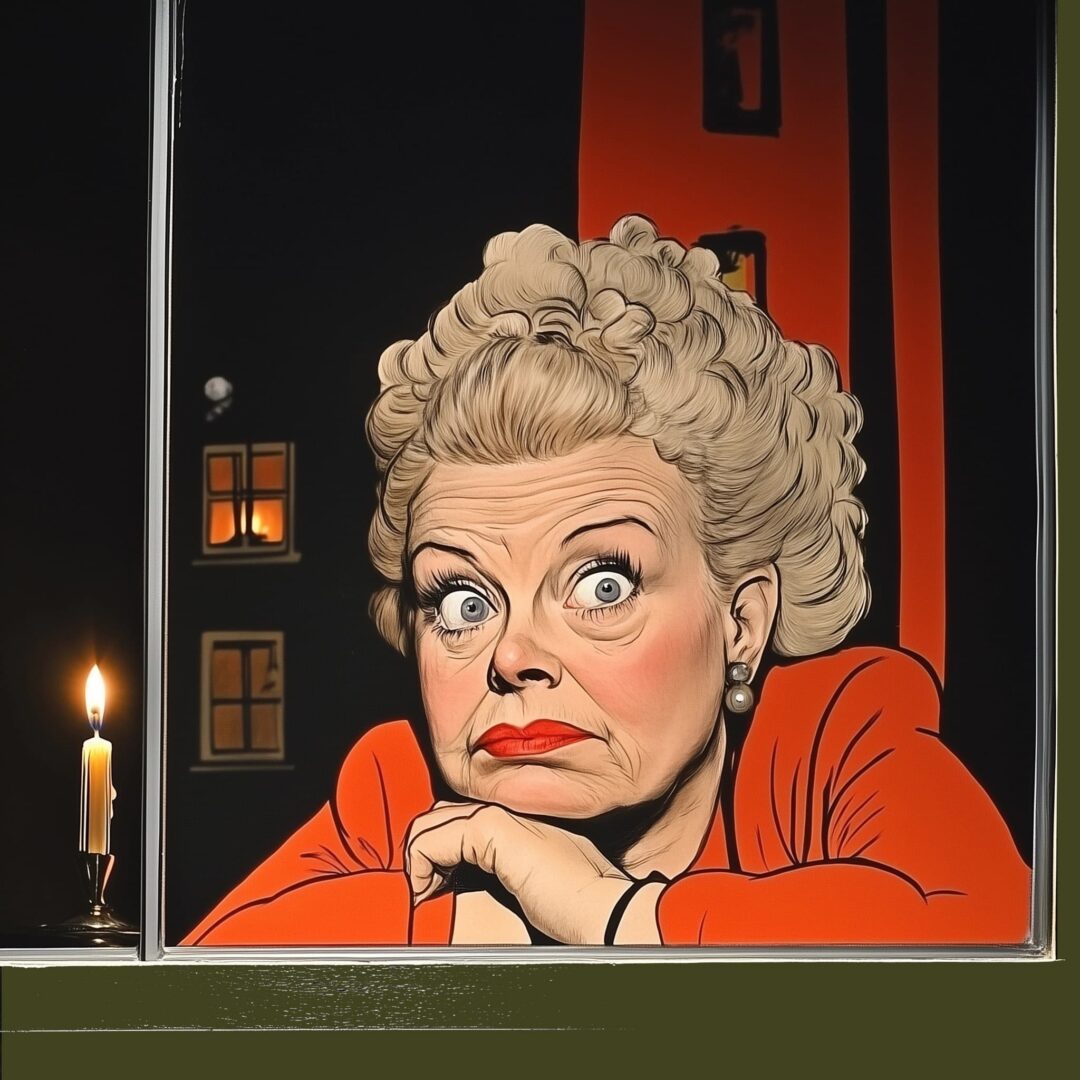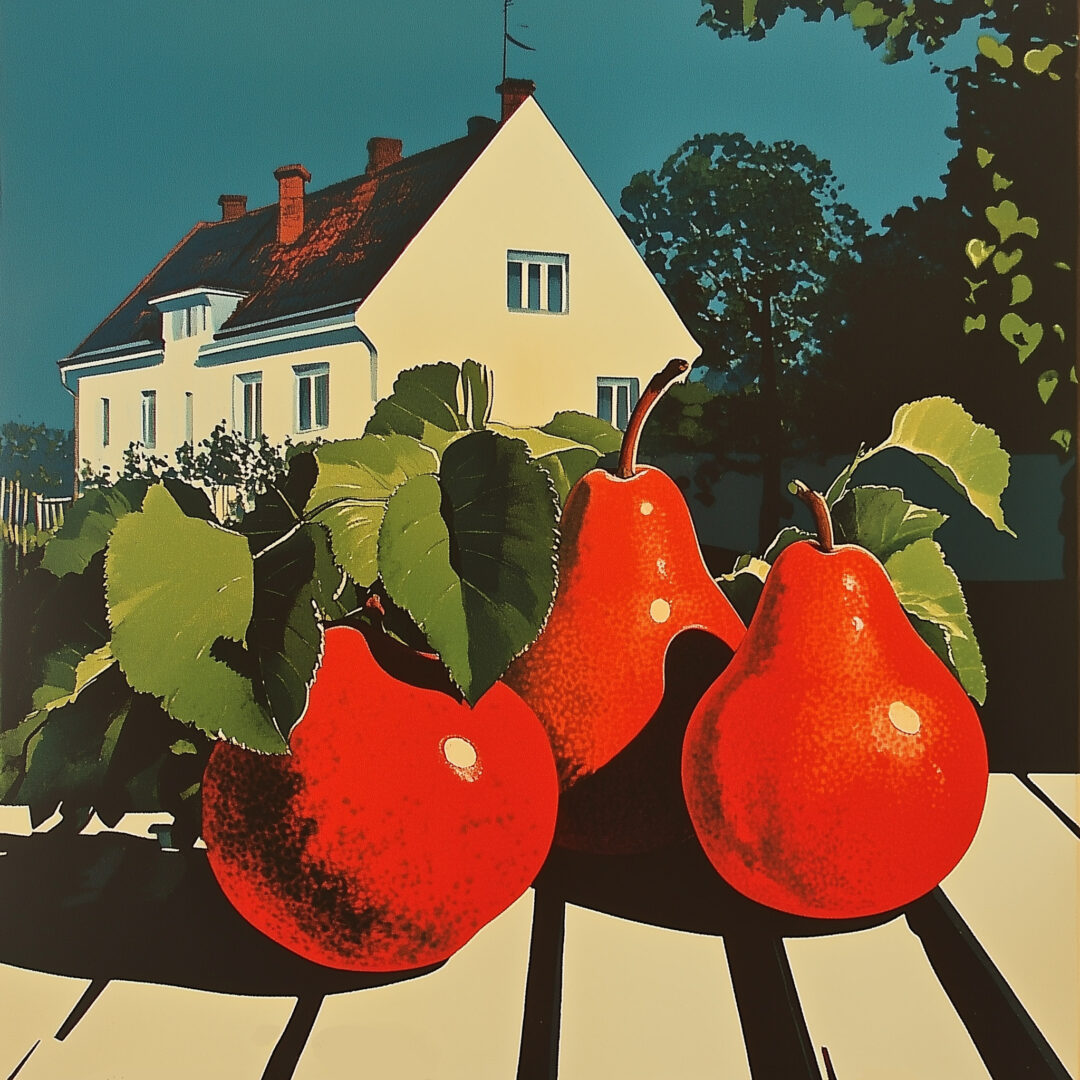I’ve referred to “The Danish Year” before on How to Live in Denmark. It’s a series of events that are simply expected to happen every year in Denmark, even if they aren’t formal holidays. In 2025 I’m going to try to do a podcast every month about aspects of the Danish year, and how they fit into the overall context of where Denmark is coming from, and where it’s going.
The nisse is a centuries-old figure of folklore in Denmark, and in December Nisse get a lot of attention – all month, while Julemanden (Santa Claus) only has one big day near the end.
With their very short stature and pointed red hats, nisse are often confused with Christmas elves, although they are not the same.
Elves exist mostly to help Santa in his workshop, but Nisse have busy lives of their own, closely related to an individual household.
They live in the walls of the home and get up to mischief, like hiding things, or turning milk different colors. They expect a bowl of rice pudding on December 24 and will create trouble if they don’t get one.


